In March 2016 Boskalis started work on Stage 1 of one of the largest nature restoration projects in Western Europe: the Marker Wadden in the Netherlands.
Roel Posthoorn, Project Director of Natuurmonumenten, and Hendrik Postma, Director at Boskalis, explain how this project will transform the ecologically impoverished Markermeer lake into a flourishing area, rich in animal and plant life by creating nature islands using sand, clay and fine sediment.
The Markermeer lake was formed in 1976 when the 26-kilometer-long Houtrib dike between Enkhuizen and Lelystad was completed. The dike had a major impact on the underwater environment of the lake. Fine sediment that had previously been carried away by the current to the IJsselmeer lake now settled on the bottom of the Markermeer lake, forming a thick blanket. The resulting high levels of turbidity in the lake have led to a dramatic decline in the fish and bird populations over the last decades.
“In order to restore nature in this beautiful place and create a new horizon we want to restore the ecological balance in the Markermeer lake,” says Roel Posthoorn, who is the Marker Wadden Project Director for the client, the Dutch Society for the Preservation of Nature (Natuurmonumenten). “Together, the Markermeer and IJsselmeer form the largest freshwater clay lake in western Europe. At present, the Markermeer is just a huge lake of untamed and unused turbid water between Lelystad and Amsterdam. Over the past few years we have developed a vision, inspired by the Dutch Wadden area, to give the Markermeer lake a sustainable future.” Thanks to a contribution from the Dutch Postcode Lottery as well as support from the national government and the provincial authority of Flevoland, Natuurmonumenten now has the opportunity to realize this vision.
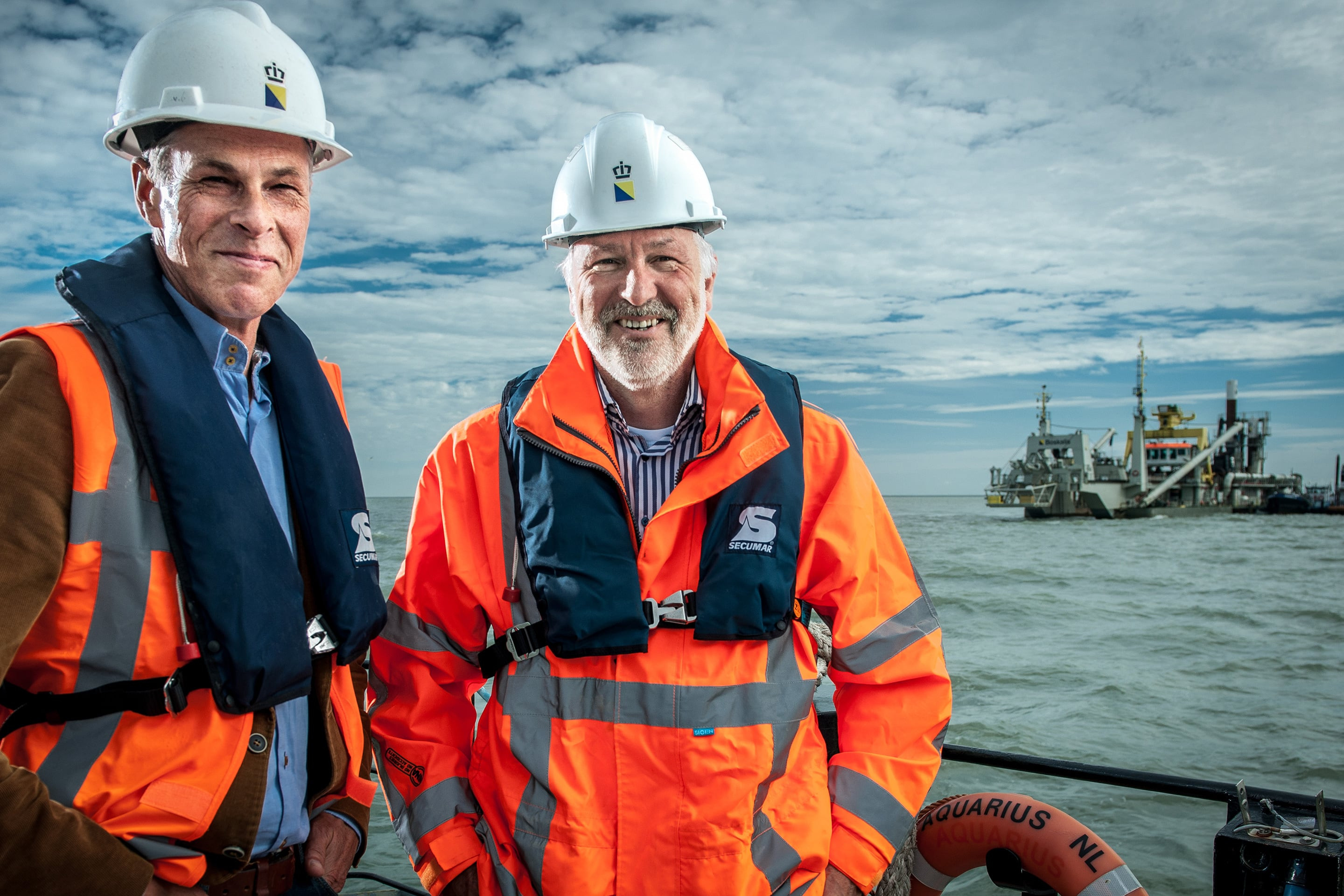
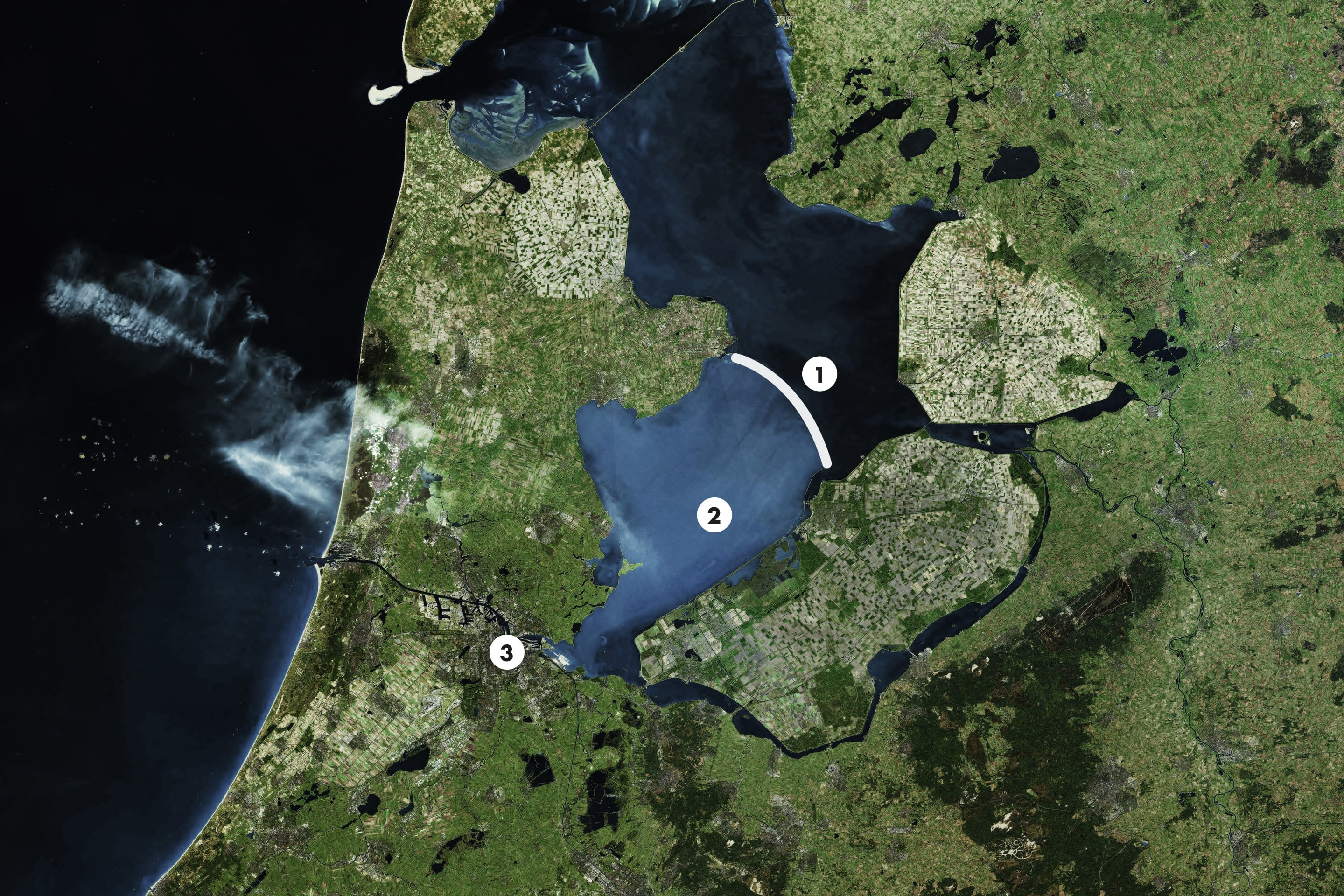
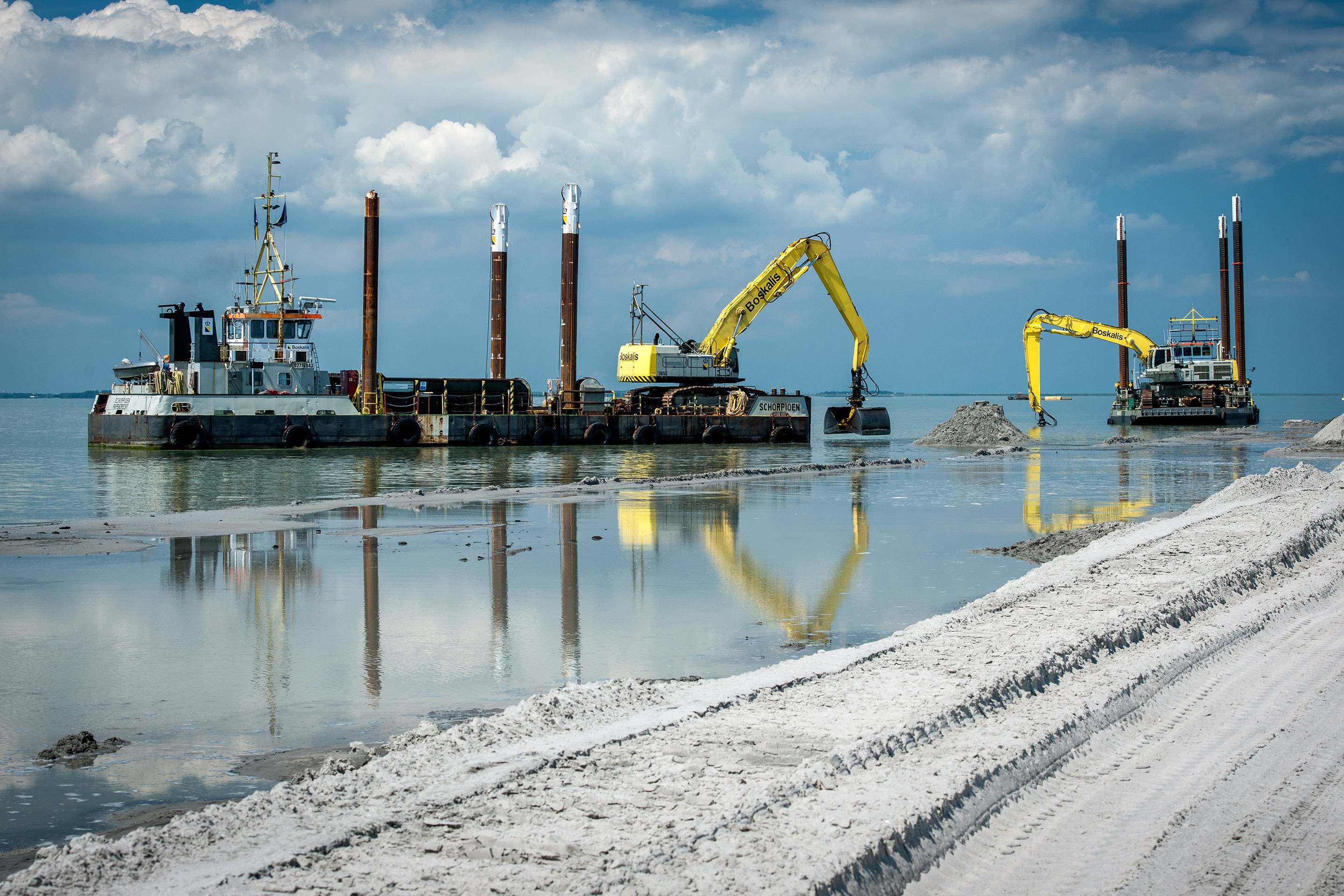
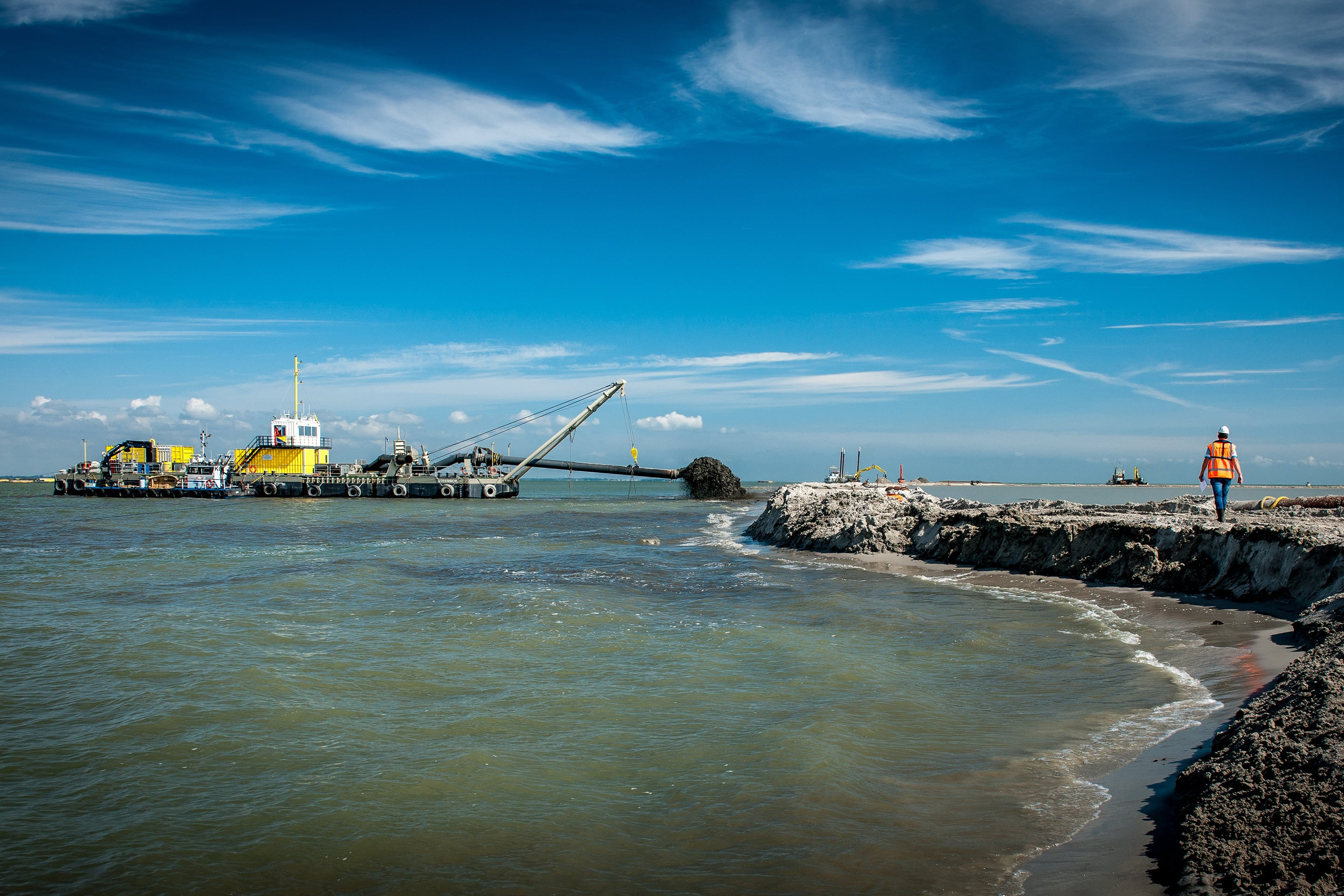
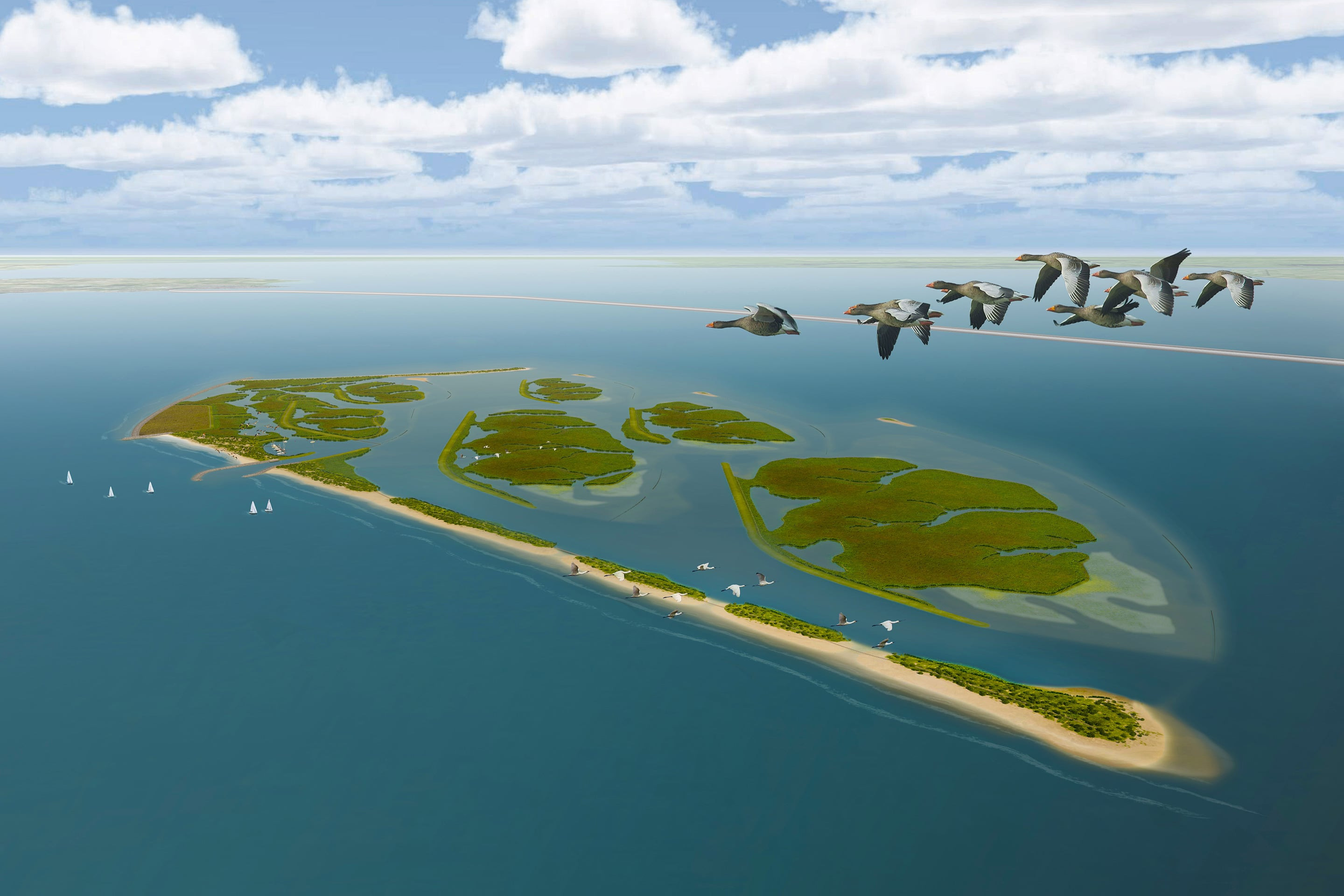
The ambitions of Natuurmonumenten resonated with the vision of Boskalis, as it knew this was an ideal candidate for a Building with Nature project. “Building with Nature is a relatively new design philosophy in hydraulic engineering. Natural elements such as wind, currents, flora and fauna are used to create additional benefits for nature, recreation and the local economy,” explains Hendrik Postma, director at Boskalis Nederland. Boskalis is one of the founders and investment partners in the Building with Nature program, which was established in 2008. The Dutch government and Dutch companies, Wetlands International, universities and research institutes are also involved. This makes it possible to cluster ecological, technological and policy knowledge to develop new design concepts for shipping channels, ports, land reclamation or offshore wind farms.
“With the knowledge we develop in the Building with Nature program we are better able to predict natural processes. Applying that knowledge to our designs helps us and our client to overcome resistance and we can speed up the preliminary process stage.”
Hendrik emphasizes that this approach can be applied to almost any project. “But Marker Wadden is a Building with Nature project par excellence. The landscape and the ecology have been given top priority from the very start. Our approach is based on what is needed to create a healthy habitat for plants and wildlife. Once that had been established it was up to us, in our role as a hydraulic engineer, to turn the plans into reality. The interaction between the various parties to coordinate the wishes and practical possibilities culminated in this groundbreaking design.”
The marker wadden is one of the largest nature restoration projects in western europe.
Stage 1 of the project comprises the creation of the first large island and a marshland with vegetation, shallow ponds, creeks and channels. Boskalis will construct a new area of around 250 hectares, both above and below the waterline. Beaches, sand banks and low dunes, linked by a rock dam, will be constructed to protect it from storms. Hendrik continues: “We will create gradual transitions from land to water, as well as various levels under water. This will allow the sediment to settle in shallow areas and creeks, and create a natural water treatment system.”
In addition, a special trench will be constructed to collect the fine sediment from the Markermeer lake. This ‘sediment catcher’ will make the turbid water clear again. The captured sediment will be used to construct more islands in the future. “That is a unique aspect of this project, because the material is essentially too soft for building an island. This will be resolved by building ring dikes of sand to contain the sediment, which will then develop into a nature area. This is one of the Building with Nature applications that make the project so interesting.”
Marker Wadden is a Building with Nature project par excellence.
Roel expects nature in the Markermeer to stage a rapid recovery. “The natural embankments will allow mussel beds to develop again. Water plants will start growing again, fish will resume spawning and birds will return to the area.”
The Marker Wadden will not only be a paradise for birds and fish, but also for nature lovers. There are plans for a marina, as well as long walking trails, observation posts and children’s play areas. “The first phase is well underway: execution started in March and it will take about twelve months for the first island to rise above the waterline, after which development can start,” Hendrik adds.
